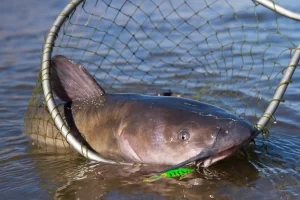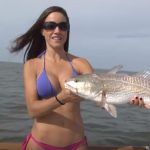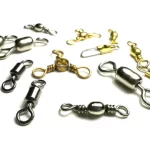Catfish are well-known for their diverse diet, consuming almost anything available in their environment. These opportunistic feeders exhibit both scavenging and predatory behaviors, with some species favoring live prey more than others. Understanding their eating habits is essential for selecting the most effective bait.
The Feeding Habits of Catfish
Catfish rely heavily on their keen senses of smell and taste, using their barbels—whisker-like sensory organs—to locate food in murky waters and low-light conditions. They inhabit various freshwater environments, while a few species are found in saltwater. In North America, four primary freshwater species are commonly targeted: flathead, blue, channel, and bullhead catfish.
Flathead catfish are apex predators that prefer live fish, whereas blue and channel catfish lean more toward scavenging, though they will prey on live fish when the opportunity arises. Bullhead catfish are omnivorous, feeding on both plant matter and aquatic creatures. The diet of each species depends on availability, size, and age.

What Different Catfish Species Eat
Flathead Catfish
Flathead catfish are aggressive hunters, preferring live prey. Their primary food sources include:
- Sunfish (bluegill, perch)
- Bass
- Carp and suckers
- Shad and herring
- Other catfish (including smaller flatheads)
- Frogs, mice, and even small birds
In some areas, flathead catfish have become an invasive species, preying on native fish populations and disrupting local ecosystems.
Blue Catfish
Blue catfish, the largest in the North American catfish family, have a varied diet that includes:
- Shad and other baitfish
- Mollusks and mussels
- Crayfish
- Amphibians, snakes, and small reptiles
- Birds and invertebrates
Known for their size, blue catfish can reach up to 150 pounds, making them a prized catch for anglers.
Channel Catfish
Channel catfish are omnivorous, feeding on a mix of plant and animal matter. Their diet includes:
- Aquatic insects and larvae
- Snails and mollusks
- Crayfish
- Small fish and fish eggs
- Algae and aquatic vegetation
These catfish are among the most abundant and commonly caught species, offering an excellent option for anglers of all experience levels.
Bullhead Catfish
Bullhead catfish, the smallest of the four main species, are bottom-feeders with a diverse diet, including:
- Insects and insect larvae
- Minnows and small fish
- Crayfish
- Aquatic plants
- Fish eggs
While often overlooked, bullheads are a fun species to target due to their abundance and willingness to bite a variety of baits.
How Environment Affects Catfish Diet
Catfish adjust their feeding habits based on their surroundings. In rivers, they tend to hold in deep pools or near structure, waiting for food to drift by. Flathead catfish often ambush prey from behind rocks or submerged logs. In still waters like lakes and reservoirs, channel and blue catfish roam in search of food, feeding on the bottom and occasionally surfacing to hunt.
During high-water events, catfish become more active, taking advantage of increased food availability. At night, they move into shallower areas, making nighttime fishing particularly effective.
Best Baits for Catching Catfish
Selecting the right bait depends on the species being targeted. Popular bait choices include:
- Live Bait – Bluegill, shad, and other small fish work well for flatheads and large blues.
- Cut Bait – Fresh-cut shad, skipjack, or carp attract blue and channel catfish.
- Stinkbait & Prepared Bait – Channel and bullhead catfish are especially drawn to stinkbaits, cheese baits, and blood baits.
- Nightcrawlers & Invertebrates – Worms, crayfish, and mussels appeal to most species, particularly bullheads and channels.
Catfish are adaptable feeders with diets that change based on availability and habitat. Whether targeting massive blue catfish, hard-fighting flatheads, or abundant channel catfish, understanding their eating habits can significantly improve fishing success. Selecting the right bait based on species and location ensures a better chance of landing a trophy-sized catfish.
Image/Source: OL





